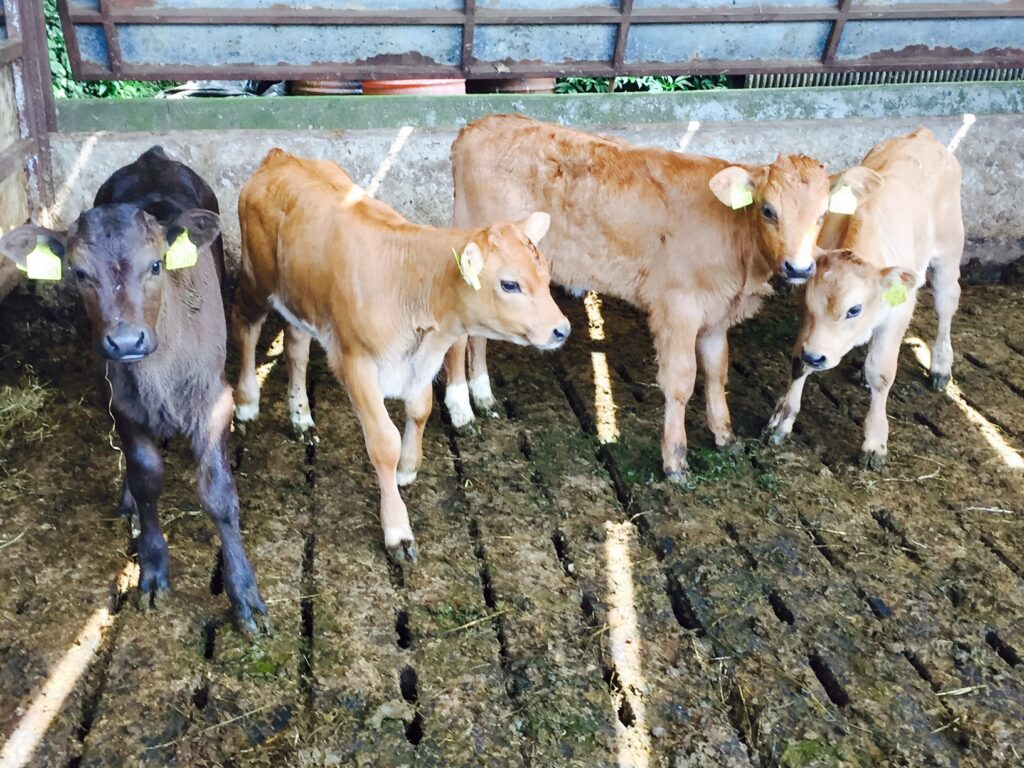The extra-long housing period on many farms has created stress for both the farmer and his/her animals. Fodder stocks are running extremely tight on some farms. And, if weather conditions and grass growth don’t improve, many farmers will have serious problems.
Coupled with fodder shortages, some farms are now experiencing disease outbreaks as a result of the prolonged housing period. One such disease is coccidiosis.
This disease occurs in calves from the age of 21 days. It arises in young calves who have an underdeveloped immune system and are being housed in dirty, unhygienic accommodation. Infected calves excrete large amounts of oocytes (eggs) which, in turn, contaminate the environment and lead to the rapid spread of the disease.
Coccidiosis is highly contagious and oocytes can survive in the environment if the housing conditions are favourable. According to Teagasc, cattle can develop immunity to the disease. However, cattle experiencing sub-clinical infection will show very few symptoms and will recover with time; but thrive will be affected.
Symptoms and treatment
Infected animals will pass a watery scour. This scour may contain traces of blood; part of the intestine lining can also be shed.
Calves that have the condition can often be seen straining. They may also become weak and uncoordinated. Calves will experience ill-thrive, which will result in economic losses at a later date.
Animals showing signs of infection should be isolated immediately. Batches of calves should also be grouped according to age, as younger calves are more susceptible to coccidiosis. Where a farm has had previous trouble with the disease, farmers must pay extra attention as it can reoccur – especially where hygiene is poor.
According to Teagasc, dosing of calves with Vecoxan or Baycox is common. Typically calves are given an oral dose of between 20ml and 30ml (depending on the weight of the calf). Veterinary assistance should be sought immediately. Furthermore, as this disease causes scouring, electrolytes should be provided.
Prevention
Like the majority of diseases, prevention is better than cure. Calf houses and accommodation should be cleaned and disinfected. If possible, clean, dry bedding should be provided. However, straw availability on many farms is at a minimum; lime can also be used as a disinfectant.
Feed and water troughs should be cleaned regularly. Strict biosecurity measures should also be implemented, as the disease is highly contagious.

